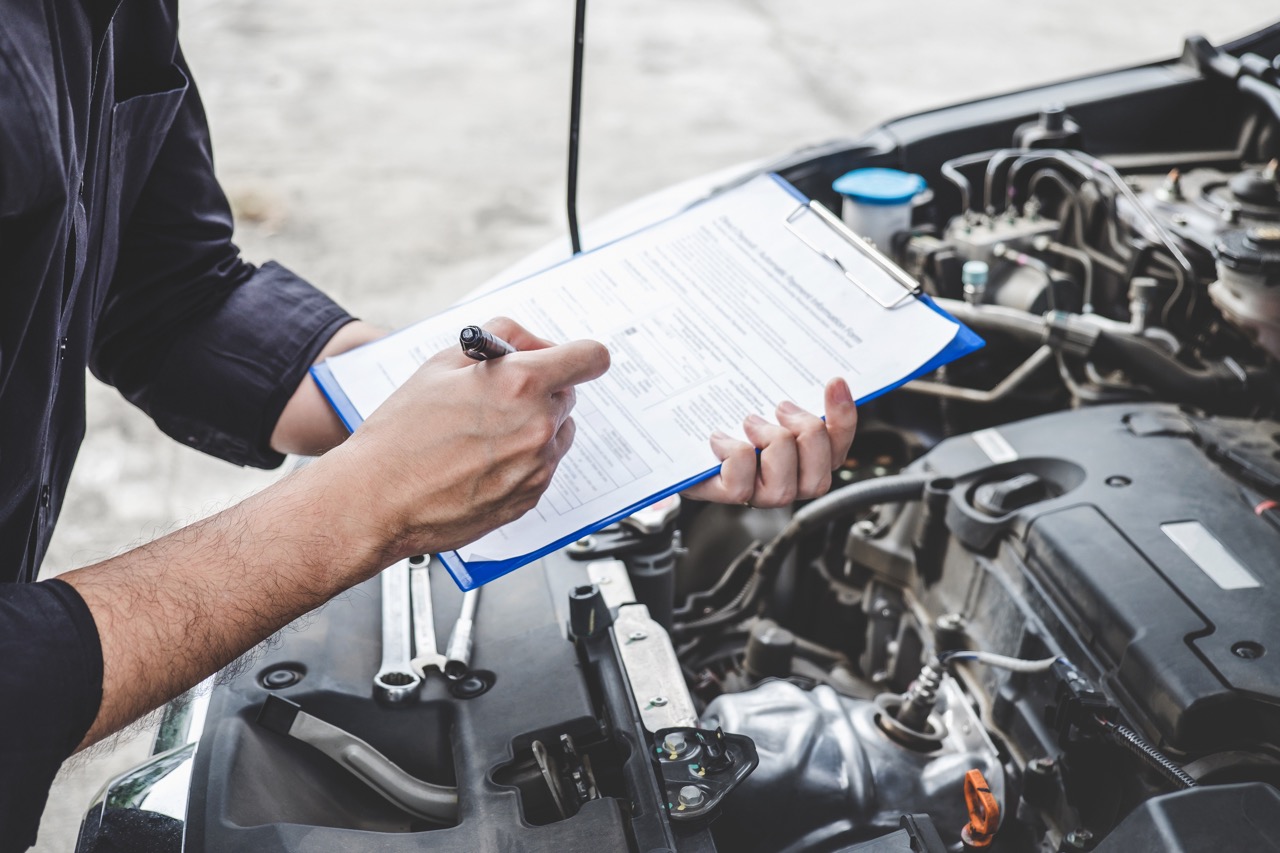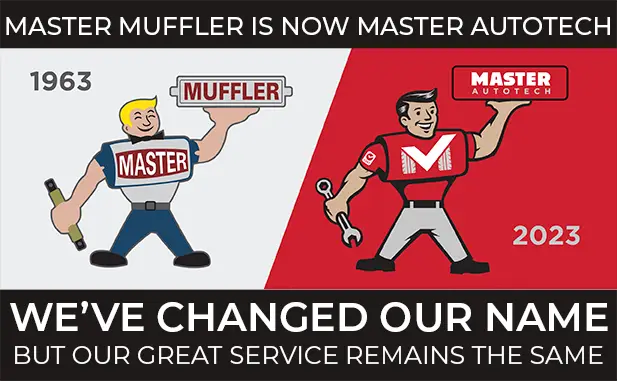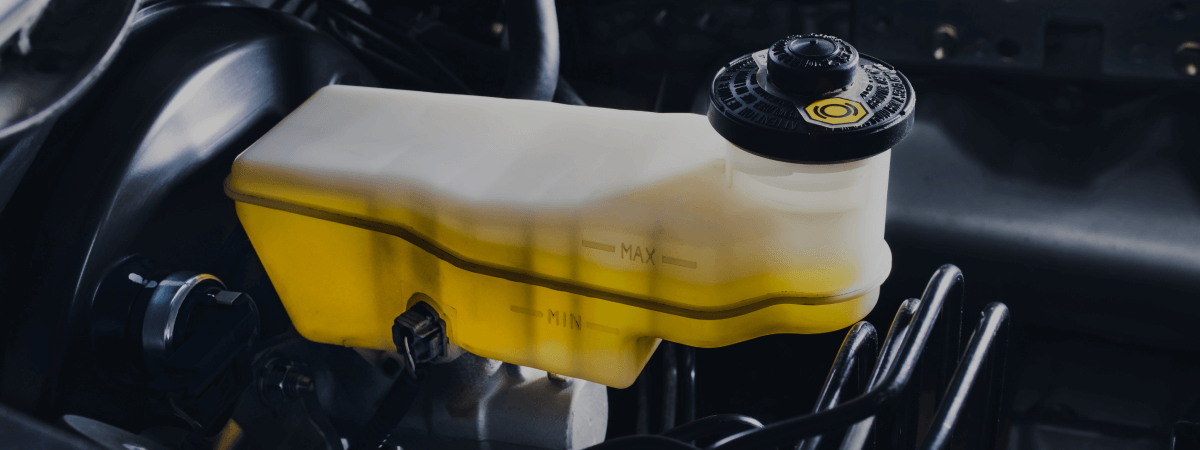
Car maintenance can be daunting, but if you’re going to drive a car on a regular basis, you should at least know the basics. So if you happen to be a novice at everyday car maintenance, here are some of the most basic car maintenance items that you’ll want to master.
Oil!
Oil is the lifeblood of your car’s engine system, so if there’s any car fluid you need to stay on top of, it’s this one. You should attend to your car’s oil as frequently as your car manufacturer specifies or every six months (whichever comes first). Car manufacturers will typically recommend attending to your oil anywhere from 3,000 to 7,500 miles. To check if you need an oil change or if your oil simply needs to be topped off, take a look at the dipstick by removing it, wiping it clean, dipping it, and then pulling it out again. If the oil looks very dark and gritty in texture, it’s time for an oil change. If it is light brown and clean-looking, it can simply be topped off by pouring some oil into your oil reservoir.
Don’t Neglect Filters
The engine air filter is often overlooked. Air filters collect dirt and debris over time, and they should be replaced every 15,000 to 30,000 miles. It’s usually relatively easy to locate the air filter in your car’s engine compartment; just be sure to check your owner’s manual. If the filter needs replacing, it’s just a matter of swapping the old one out for a new one.
Tire Tread
You should consider having your tires changed once the tread reaches 4/32” in depth. Many tire specialists will tell you that 2/32” is the very shallowest your tread should get, but keep in mind that anything less than 4/32” can compromise your car’s safety, especially when you are driving in the rain. You can measure your tire tread either by using a specialized tread depth measurement tool or by using a U.S. penny. Insert the penny upside down into your tire’s tread and observe how far up Lincoln’s head the tread gets. Then use a ruler to measure the distance between the top edge of the coin and this location on Lincoln’s head. (Most proponents of the penny test will simply tell you that the tread is deep enough if the tread covers a portion of Lincoln’s head, but this adapted version of the “penny test” will help you get a more specific measurement.) When your tires have low tread, it’s time to bite the bullet and get new tires.
Tire Pressure
It’s also important to keep up with your tire pressure in order to keep your car driving safely. You can check your tire pressure with a pencil-sized tire pressure gauge, available at your local big-box store for just a few dollars. Toss one in your glove compartment, and you’ll always have it handy. To determine what tire pressure your tires should have, check your car owner’s manual for where to look on your car. Usually, there is a sticker located at the bottom edge of the driver’s side door opening. A good time to check your car’s tire pressure is just before heading out for the day, while your tires are still cold—at least monthly. (Don’t forget to check your spare tire as well!) To add air to your tires, you can use a household air compressor, or the pay-per-use air dispenser at your local gas station.
Changing a Flat Tire
This skill proves invaluable when you get a flat tire. The process typically goes something like this: start loosening the lug nuts, jack the car upward until the wheel is off the ground, finish removing the lug nuts, and swap in the spare tire. It’s best to do a practice run of changing a flat tire on your own car first in order to fully grasp it.
Check Your Lights
Lights are straightforward enough; just be sure to check them every so often by having a friend observe your headlights, taillights, blinker lights, and reverse lights while you sit in your car and push the brakes, put the car in reverse, etc. Lights are changed differently depending on which car you have, so it’s best to check your owner’s manual. Typically it isn’t hard to find a good tutorial online for your particular car model.
Routinely Replace Windshield Wipers
You should aim to change out your windshield wiper blades every six months to a year. The plus side to changing your wiper blades is that most auto parts stores will help you determine which ones you need for your car, and many will even change the blades for you. So if you’re overwhelmed at the thought of learning a whole slew of new car maintenance tasks, changing wiper blades could be the one to skip.
Wiper Fluid
Windshield wiper fluid is incredibly easy to keep up with, and maintaining it is crucial for your driving safety. To maintain your windshield wiper fluid, just be sure to pick up some fluid at your local auto parts store, big-box store, or even gas station the next time your windshield wiper fluid light turns on. Then, it’s as simple as pouring this fluid into the windshield wiper fluid reservoir (though sometimes you have to dilute the fluid first—read the instructions on the bottle to be sure).
Weather & Age-Proof Your Car
Over time, vehicles start to fall apart. We’ve all heard the old saying that your car loses value the second you drive it off the lot. Because of this, it’s important to take some extra steps to make sure that your vehicle is standing the test of time. Each of the items above will help ensure that, but corrosion and damage are still liable to occur over the years.
Related Posts
Key Takeaways On average, passenger vehicle tires last 40,000 to 60,000 miles, depending on type, driving habits, and maintenance. Replace tires when tread depth reaches 2/32”, if damaged, or older than 10 years. Regular rotation, alignment, and proper inflation extend tire life. Aggressive driving, poor roads, and harsh weather shorten tire lifespan. Take advantage [...]
When you think about car maintenance, you probably focus on oil changes, tire rotations, and maybe even brake pad replacement. But what about your brake fluid? If you’ve ever wondered, “What does brake fluid do?” or “Why is brake fluid important?”, you’re not alone. Brake fluid might not be the most talked-about part of [...]
Is that high-pitched squeal from your brakes driving you—and everyone else—crazy? Don’t ignore it. Squeaky brakes aren’t just annoying, they’re your car’s way of saying something needs attention. Whether you're cruising through Salt Lake City or winding up Idaho’s mountain passes, here’s what’s likely going on, how you can fix it, and when it [...]





